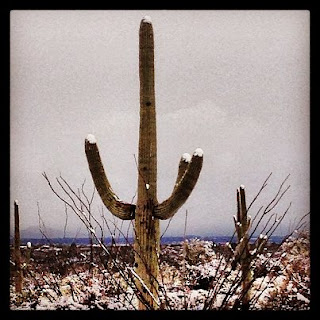 |
| Barn Owl |
It was a day off from road treks. So I took my other half Pat to the Desert Museum near Tucson. The purpose of this visit was to check out the new Warden Aquarium.
 |
| Mountain Lion |
 |
| Emperor Swallowtail on Hibiscus |
 |
| Western Screech Owl |
In the wild, as most of us know, it's important to stay quiet and completely still.
 |
| Ocelot |
Today's challenge though was to capture the beauty and personality of the animal filmed. It was about NOT taking that "zoo pic" but capturing the essence and personality of the subject.
I have an affinity for owls. Owls trump most birds except maybe the Harpy Eagle. Or the Toucan. Maybe a parrot:) Well....you get the idea:)
As I'm understanding the wildlife better, my fears are also quieting down a bit. The Barn Owl flew near my ear and everyone went, "Oh my gosh guy!" One time a Bobcat came running towards me and then turned to the side. It didn't frighten me. I'm always super careful but I'm learning to read animal and bird behavior better. The Owl was just going after food. The Bobcat was only running down the path to capture a mouse.
 |
| Bobcats |
There is a story out there just waiting to be written and I hope to write it for you all one day. Arizona is/was home to several parrot species. I will be studying these birds over the next year here in Arizona. I hope to find some(beyond the lovebirds and monk parrots of Phoenix and Casa Grande). The Thick-billed Parrot is a rare treasure and if you ever come across one, consider yourself extremely lucky! It is endangered and while there is a successful captive program going on around the country, these birds have lost ground to habitat destruction, poaching, and high predation from hawks like the Northern Goshawk. The reintroduction to the Madrean islands looks to be highly unlikely. Currently these birds are found in the Mexican state of Chihuahua and I'm thinking a trip there would be fun.
 |
I've been thinking about adding an owl box to my garden here at El Presidio. The only issue? 3 feral cats that roam freely thanks to ghetto neighbors. I love cats. I love owls. But if I saw an owl killed by a feral cat, it would be the cats end. I'd capture it and have it taken to Pima Animal Control. And bye bye feral cat. They kill over 3 billion birds a year! We have 5 cats at our place and they are not allowed outside. But they do get an entertainment window to watch birds. It's a win win for birds and cats alike.
And so, the owl nesting box will have to wait until Greystoke, Tubby, and Bear no longer come around.
This spring I will be working on my butterfly garden again. This past summer, we saw so many of them around our property. It's all about using the right plants:)
I can now relax my camera when it comes to the Barn and Western Screech Owls.
The little guy below was very curious.
I think snakes are cool(when they are behind glass). This Mohave Rattlesnake gave me the shivers. There's nothing worse than coming across a snake in the wild while birding. I now have a first aid kit for that potential bite.
 |
| Mohave Rattlesnake |
 |
| Bighorn Sheep |
And as for the aquarium??? It was divine! Check out the video below from my Iphone:) Until next time.....


































































